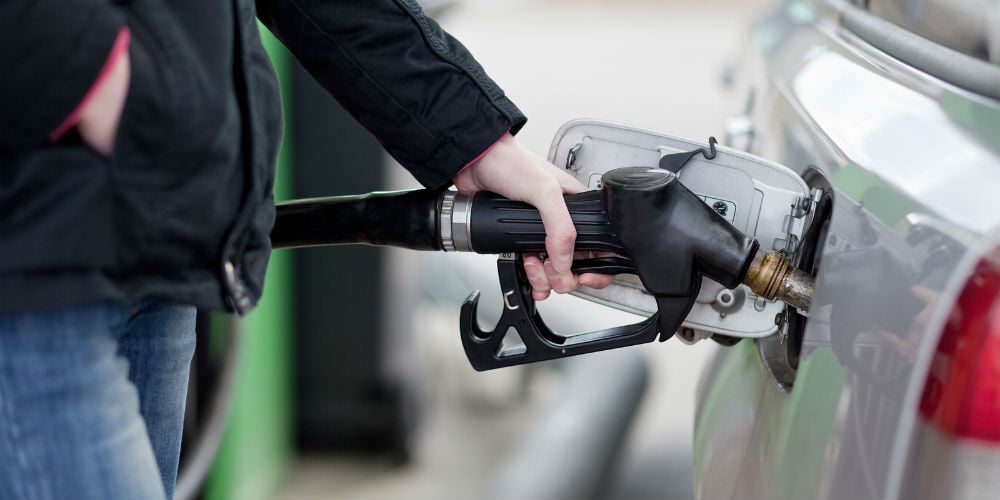Is Top Tier gasoline worth the extra money?

If you drive a gasoline-powered BMW, GM, Fiat Chrysler, Ford, Honda, Toyota, Volkswagen, Mercedes-Benz, or Audi, among others, your automobile’s manufacturer recommends that you use Top Tier gasoline. The problem is, most consumers don’t know what Top Tier gas is, nor do they care. Gas is gas, right? Wrong.
Top Tier is a trademarked name that refers to gasolines that meet specific detergent additive specifications that go above and beyond what’s required by the EPA. But why would gasoline makers want to do more than what’s required by law?
In the late 1980s, as more and more auto manufacturers began to move to fuel injection systems, these manufacturers noticed that fuel injectors were becoming clogged faster than anyone expected. They traced the problem to a lack of sufficient detergent additives in most gasolines. Finally, with a little nudging from these manufacturers, the EPA introduced minimum additive standards in 1995.
The problem was that while the EPA standards addressed emission concerns, they didn’t take engine longevity into account. The result was that EPA-compliant gasoline continued to cause clogged fuel injectors and contaminated combustion chambers, leading to higher emissions and lower fuel economy, not to mention expensive repairs.
Rather than wait for the government to fix the problem, automobile manufacturers banded together to create their own standard for detergent additives. In 2004, the standard was finalized and thus was born Top Tier gas.
But Top Tier gasoline sounds more expensive, doesn’t it? The truth is, Top Tier gas is more expensive – but only by an average of 3 cents per gallon. And you get plenty of benefit for those extra 3 cents.
In one study, AAA set out to see just how much of a difference Top Tier gas makes. Simulating 4,000 miles in the lab for both Top Tier and non-Top Tier gas, they discovered than non-Top Tier gas left an average of 660 milligrams of deposits on each intake, while Top Tier gas left an average of only 34 milligrams. That a 95 percent decrease in deposits, which can translate to substantial savings in repair bills.
Just as important, the same study showed that it’s never too late to start using Top Tier gas. After running a “dirty” engine only 1,000 miles on Top Tier gas, researchers discovered that the Top Tier gas had cleared out a significant amount of residue.
Maybe you’re wondering whether Top Tier gas is hard to find. It’s not. Most major brands meet Top Tier standards. These include 76, ARCO, Chevron, Exxon, Mobil, Phillips 66, Shell and Texaco. However, there are also many lesser-known brands that meet Top Tier standards, including Break Time, Costco, Fast Fuel, Holiday, Kwik Star, QuikTrip, Ranger Stallion and Valero.
If you’re wondering whether your favorite gas station meets Top Tier standards, just Google a list of Top Tier gasolines. You might be pleasantly surprised. And if your favorite station doesn’t cut it, it’s probably time to find another station. Your car’s engine will love you, and your auto repair fund will love you, too.

